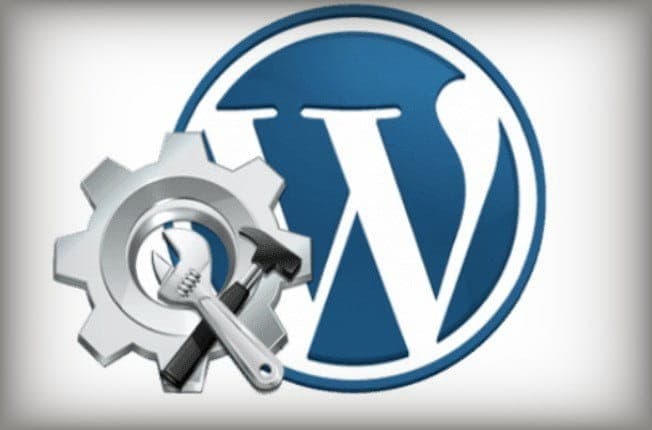Is your WordPress website up to date? If the answer is no, don’t worry. The experts at Suffix Digital have created a guide to simplify the process.
What is WordPress maintenance?
WordPress maintenance is a way to monitor a website’s overall health and performance. It’s quite crucial to keep the website up-to-date to make sure it runs like a well-oiled machine. The checklist includes tasks like updating plugins, updating WordPress to the latest version, fixing broken links, and much more.
WordPress Maintenance Checklist
- Regular Backups
The website is always crucial for business so backups are necessary. At times, website owners underestimate the need for backup. But it’s really helpful when the website’s data is lost, the backup will help you rescue it. The backup can have your website up and running within no time and hence helps in reducing downtime. There are several ways to take backups such as backup plugins, automated backups from the web host, or taking backups manually. - Update the WordPress website to its latest version
The other most important task is to upgrade WordPress to its latest version. WordPress regularly releases its updates usually twice a month. The version should be updated as soon as possible. It contains patches, bug fixes, and improved features.
WordPress installs minor updates automatically. However, the major updates require authorization as they can result in incompatibility issues with existing themes and plugins. - Update WordPress theme and plugins
Just like WordPress core files, even the theme, and plugins need to be updated regularly. Ideally, it should be updated as soon as the updates are released. Whenever plugin developers and theme providers discover any vulnerabilities, they release patches through updates. Therefore, it is important to update the website regularly. - Fix broken links
Broken links may seem a minor issue at first but it’s not actually. The broken links can interfere with search engine crawling. Thus, no matter how much you spend on SEO, you will not be able to get the desired result. - Delete inactive themes and plugins
People download extra themes or plugins and forget about them. Since they don’t use them, may feel that there is a need to update them. So by any chance, if there are any vulnerabilities on them, they will not be patched. Hackers consider this as an opportunity to gain access to the website. - Review Google Analytics and Search console
Google Analytics can help you find a major spike in users. if the spike is from a particular region without any reason then it could be a sign of attack. Also, the statistics can help you determine the content that engages the user the most so that eventually the website owner can boost the offerings.
Google search console has a security tab that alerts you if there’s a malware attack on the website. Preventing measures can be taken ahead of time before your site is blacklisted. Additionally, you can also review keywords you are interested in and by using them, the content can be more discoverable. - Keep the database Up-to-date
The website’s data is stored in the database files. Every page, post, image, and even comment is stored in a database. Over time, excessive content can slow down the website. Hence, it is important to clear the database.
The database can be cleaned manually as well as automatically. The manual process is tedious if the website has a lot of content and it will be difficult to determine manually which content is important and which one needs to be deleted. On the other side, plugins like WP Optimizer optimize the tables and clear trash. - Deleting temporary files
Media helps to enhance the user experience. Media files take up a lot of space and affect the website’s performance. The best way forward is to optimize the media files before uploading. Also, don’t forget to clean the extra files that you don’t require anymore. - Identify and get rid of spam
Spam is a real pain. if you have turned on the commenting feature then you must have come across a lot of spam commenting. It could be either a promotional comment or some threatening comment where users may end up giving away their personal information. - Check web-host and domain plan, statistics
It is a good practice to check the web host static periodically to make sure there is no problem. A spike in server usage without justified reason could be a sign of a brute-force attack. Besides, it is important to check if the domain and hosting plans are paid for. The web admin may lose track of renewals and end up getting the website suspended. All bills should be prepaid.





